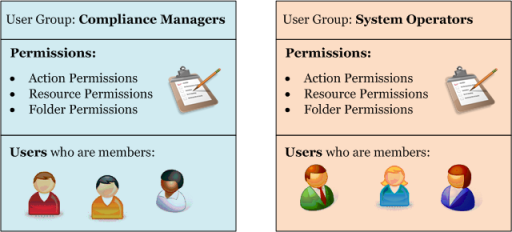Searching the Help
To search for information in the Help, type a word or phrase in the Search box. When you enter a group of words, OR is inferred. You can use Boolean operators to refine your search.
Results returned are case insensitive. However, results ranking takes case into account and assigns higher scores to case matches. Therefore, a search for "cats" followed by a search for "Cats" would return the same number of Help topics, but the order in which the topics are listed would be different.
| Search for | Example | Results |
|---|---|---|
| A single word | cat
|
Topics that contain the word "cat". You will also find its grammatical variations, such as "cats". |
|
A phrase. You can specify that the search results contain a specific phrase. |
"cat food" (quotation marks) |
Topics that contain the literal phrase "cat food" and all its grammatical variations. Without the quotation marks, the query is equivalent to specifying an OR operator, which finds topics with one of the individual words instead of the phrase. |
| Search for | Operator | Example |
|---|---|---|
|
Two or more words in the same topic |
|
|
| Either word in a topic |
|
|
| Topics that do not contain a specific word or phrase |
|
|
| Topics that contain one string and do not contain another | ^ (caret) |
cat ^ mouse
|
| A combination of search types | ( ) parentheses |
|
- User and user group setup and security
- SA users and user groups
- Managing users
- Managing user groups
- Setting permissions on user groups
- Setting password, account, and session security policies
- Managing super administrators
- Managing customer administrators and customer groups
- Authenticating with an external LDAP directory service
- SA Common Access Card (CAC) and Personal Identity Verification (PIV) Smart Card integration
- SA/RSA SecurID® integration
- Configuring SA/SecurID integration
- User and Security Reports
SA users and user groups
An SA user group represents a role and defines the set of permissions needed to perform that role. You grant a set of permissions to each user group and then assign users to one or more user groups. Each user group grants a set of permissions to all the users who belong to that group.
All users can belong to one or more SA user groups. The tasks that a user is authorized to perform are defined by the user groups of which the user is a member.
Each SA user group:
- Represents a role, which is a set of tasks and responsibilities.
- Defines a set of permissions that enable the set of tasks needed to perform that role.
- Contains the set of SA users who perform that role.
The following figure shows two example user groups. One is for compliance managers whose role is to run audit reports and ensure compliance of servers to corporate policies; the other example user group is for system operators whose role is to monitor servers and install software and patches. Each user group contains a set of permissions and a set of users:
Contents of User Groups, Based on Roles

SA provides a set of predefined user groups, but you can create your own user groups to match the roles in your organization. For more information, see Predefined user groups.
We welcome your comments!
To open the configured email client on this computer, open an email window.
Otherwise, copy the information below to a web mail client, and send this email to hpe_sa_docs@hpe.com.
Help Topic ID:
Product:
Topic Title:
Feedback:





